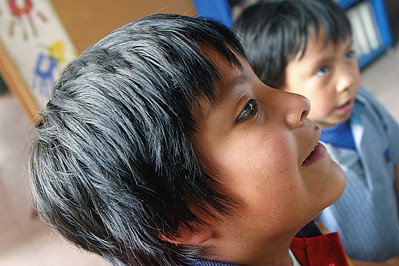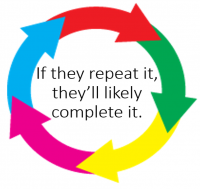Children tend to not handle change well. Their brain has trouble shifting gears, similar to a railway car in need of assistance to shift tracks. Some children are better with change than others. This is based on personality or temperament. But regardless of their personality or temperament, there are ways we can help our children learn to deal with life’s inevitable challenges that come with change.
- They need routines.
If you can have a fairly stable routine (e.g. “This is what we do at this time of day…”), children tend to relax and exhale at the thought of knowing what is coming next.
- They need rules/expectations that are consistent, that they can count on.
Children need to know what is expected of them and that it is not going to change. If you make a rule, try your best to stick with it. Yes, new rules will happen at different ages and these can be discussed ahead of time if there is a change coming. When this is appropriate, it is helpful to stop, get on the child’s level, look them in the eye, and describe the new expectation. Then have them repeat it.



















